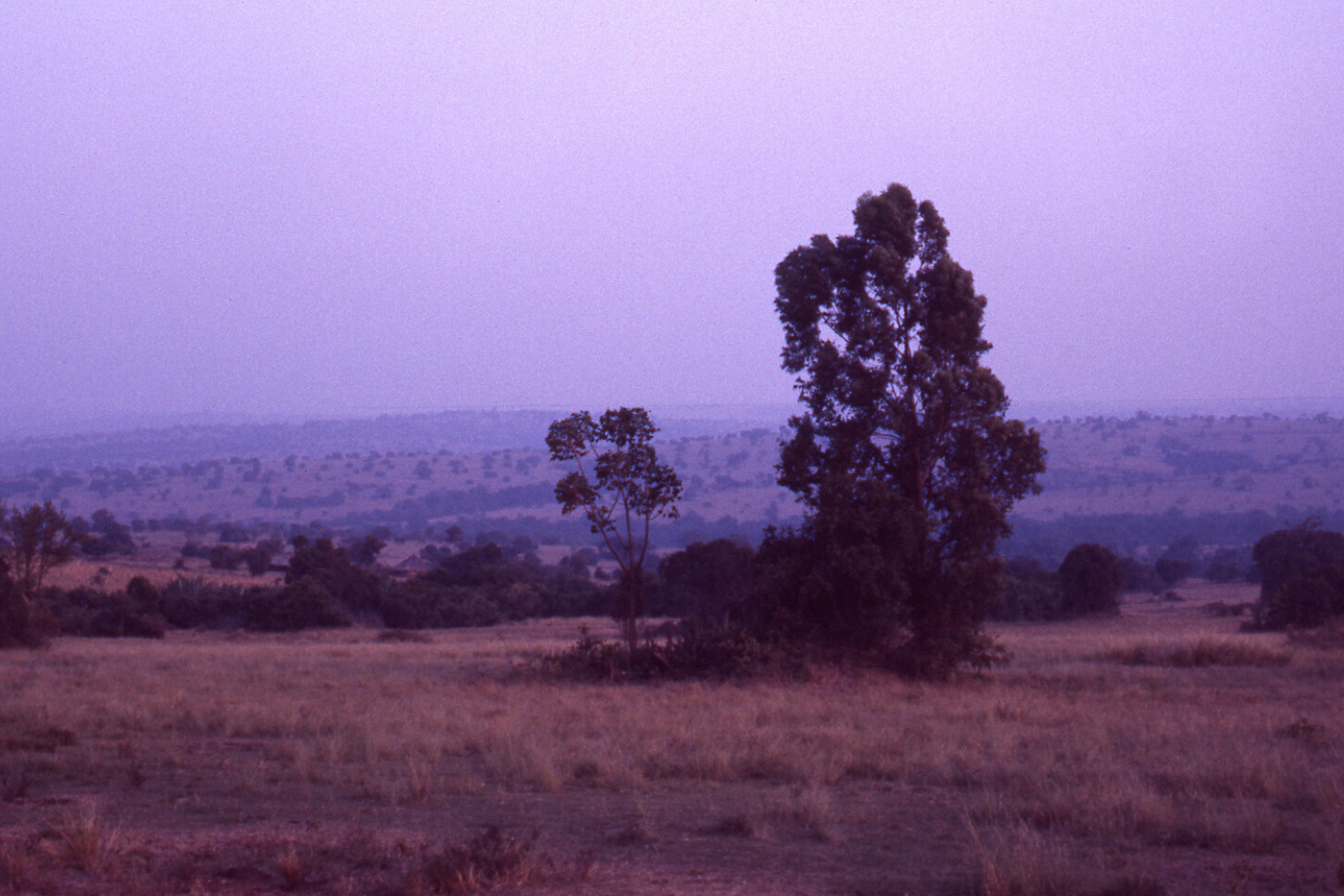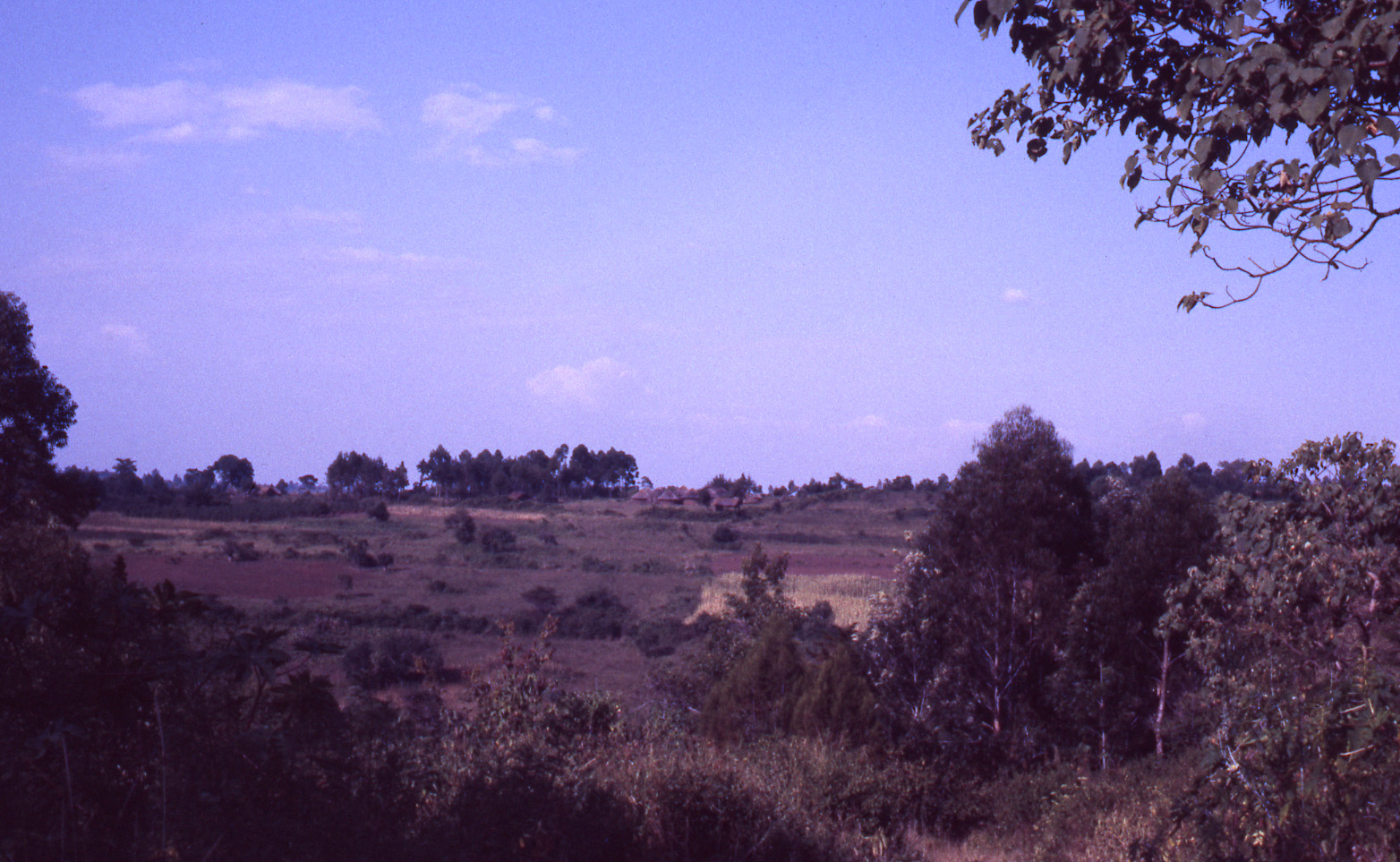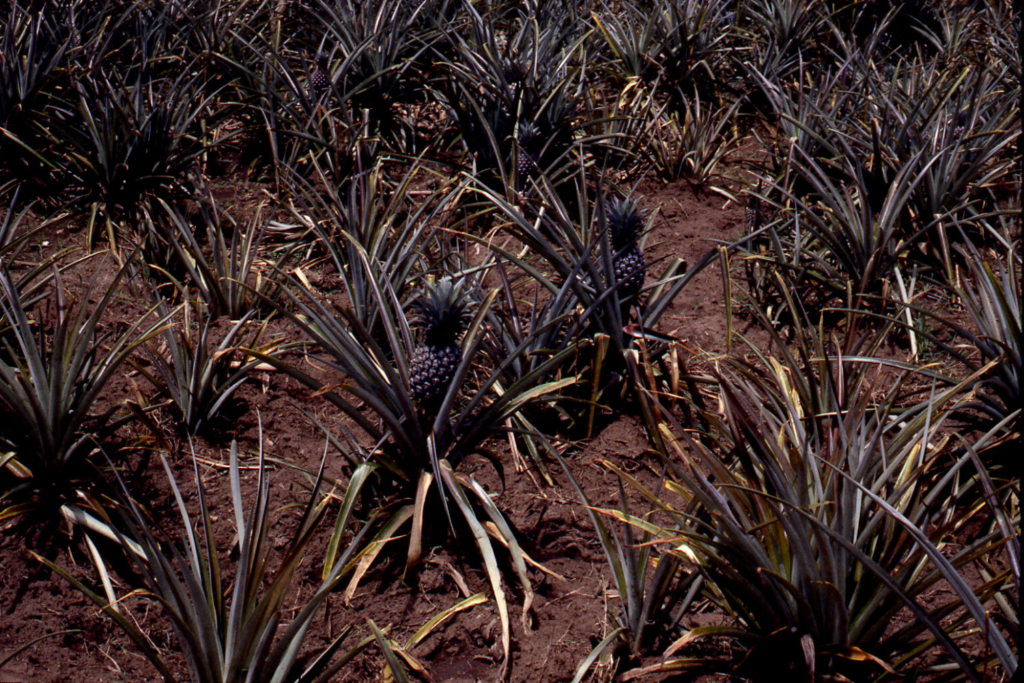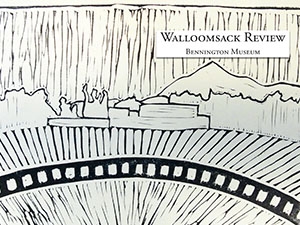In a community of farmers, little is more important than the land and the climate. At over 5000 feet, 1° south of the equator, the land enjoys two rainy seasons a year, and customarily robust agricultural yields. This is not land of hunger. But a high rate of population growth, expanding landlessness, distance to markets and increasingly, unreliability of rainfall give rise to insecurity and competition, sometimes leading to conflict. Kenya is the home of the United Nations Environmental Program, and environment friendly legislation and policies form the official context of people’s lives. The western escarpment of the Rift Valley is close by Kuria lands, an obstacle to easy movement of agricultural surplus to Nairobi, some 150 miles away, as the crow flies. One of the most startling changes in communities is increasing density of settlement, accompanied by much smaller agricultural endeavors and the ownership of much fewer cattle than even 20 years ago. A new network of paved roads is being built by Chinese engineers and workers and offers the opportunity to travel east towards Nairobi instead of north to Kisumo.
Despite having participated in the environmental studies program at Bennington College since the late 1990s, environmental issues have not been a priority of my studies in Kenya, though I am keenly observant of changes in land use patterns, ownership of land, and the market in land. I am also watching the trade in wild animals and products made from them. To gather a broader perspective on political ecology, I attended a conference on “Volatile Futures/Earthly Matters,” at the Center for Advancement of Public Action, at Bennington College in 2017.
For three years I participated in a panel discussing creating a series of place-based environmental studies courses about New England mill towns, an initiative funded by National Science Foundation Transforming Undergraduate Education in Science, Technology, Engineering and Math grant to study “The Future of a New England Mill Town,” 2013-2016.
An earlier orientation towards environmental issues came from attending two courses on Energy Sustainability and Climate Change taught by Robert Brecha, Chautauqua short courses at the University of Dayton, Ohio, 2010 and at the Vermont Campus Compact Sustainability Institute at Middlebury College, VT, also in 2010, aimed at curriculum development using sustainability to create new course content.



Courses taught
- Culture, Environment and Sustainable Living
- Studying Place by Metes and Bounds
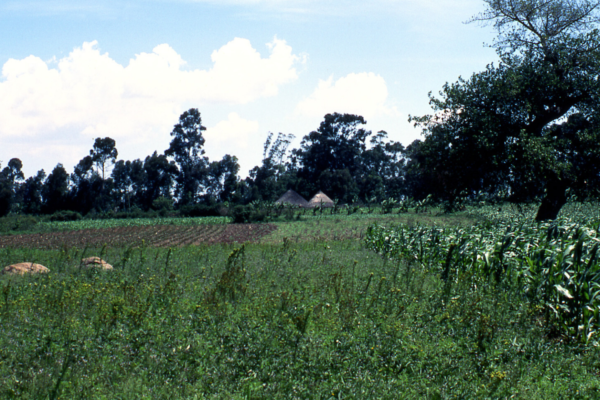
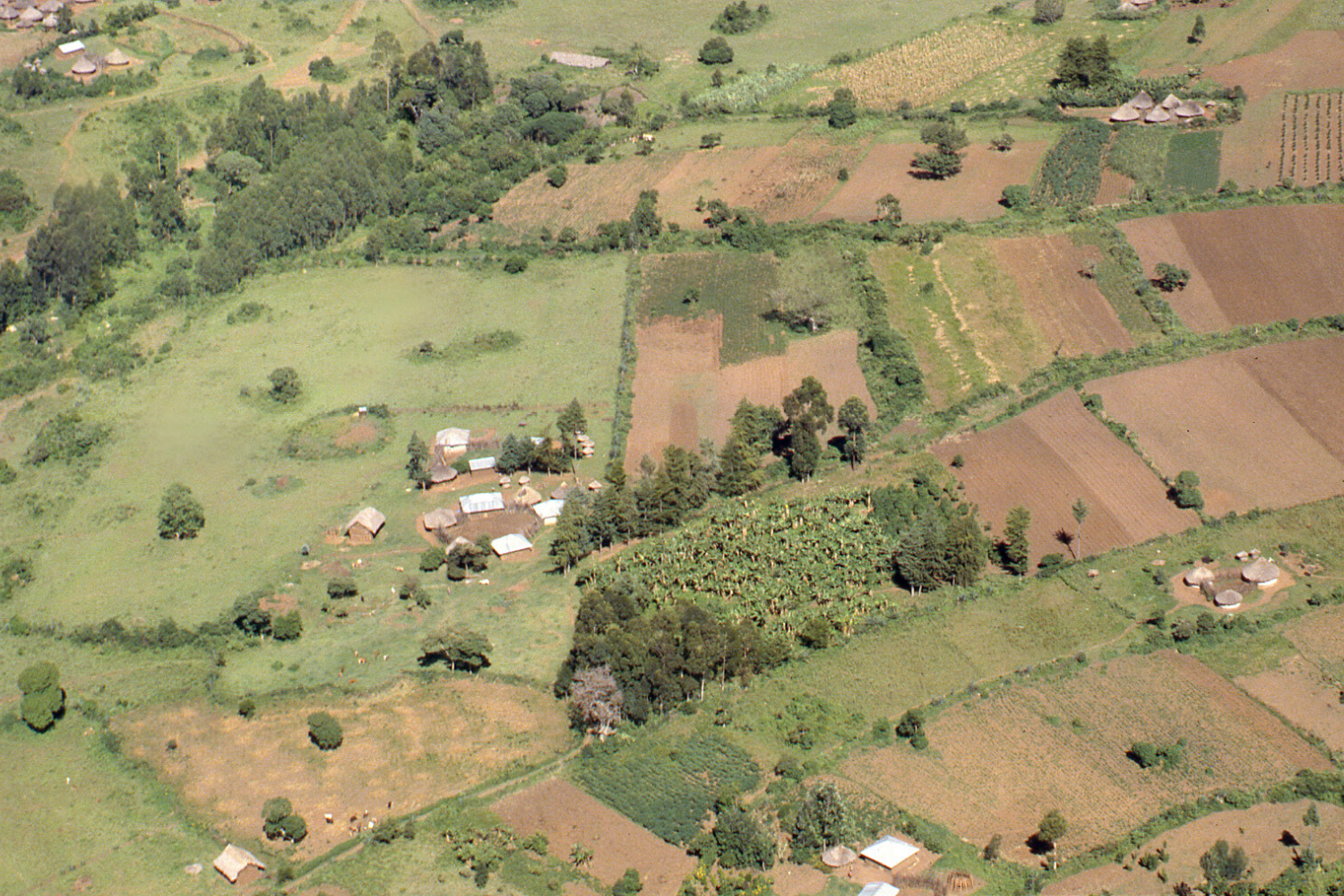
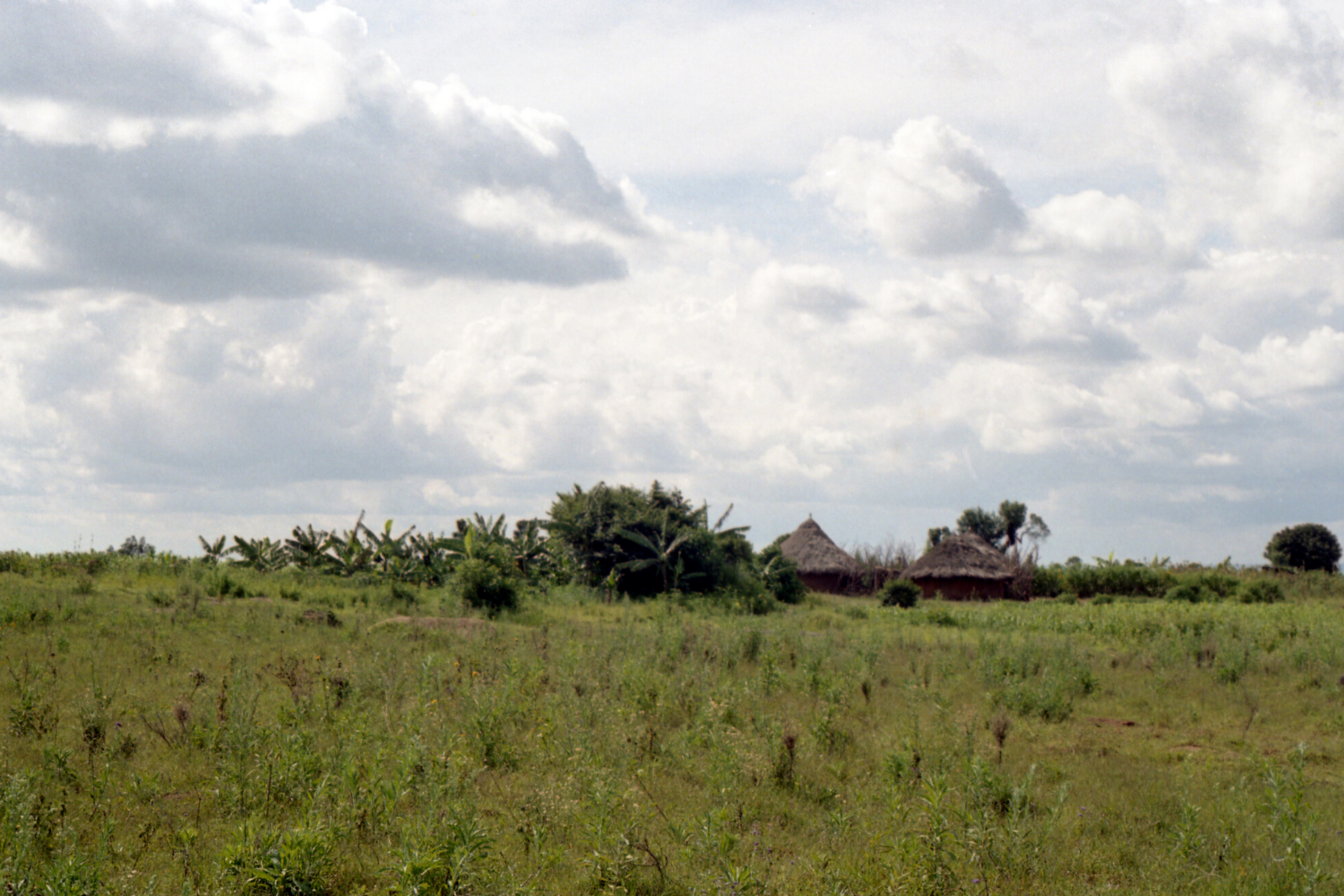
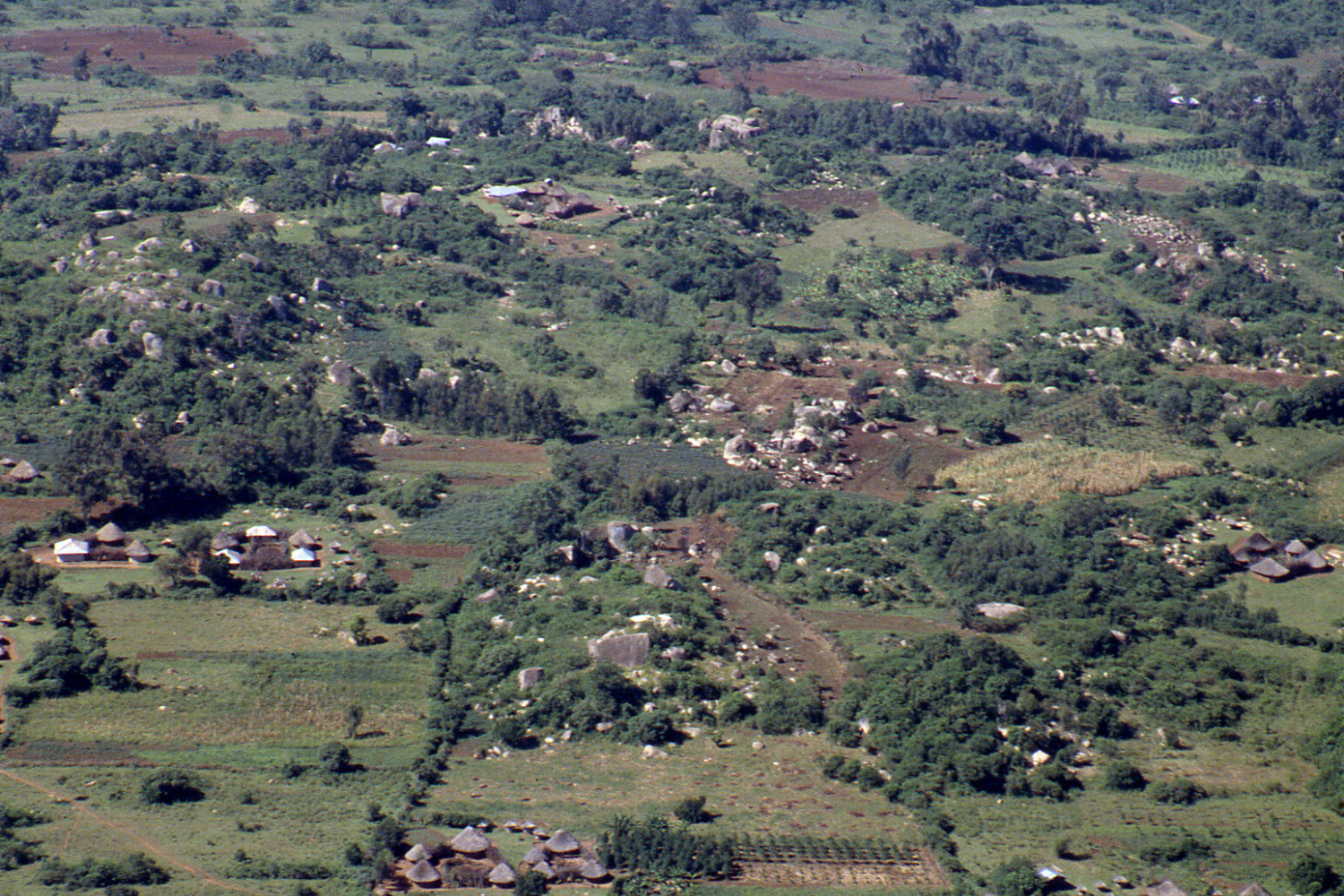

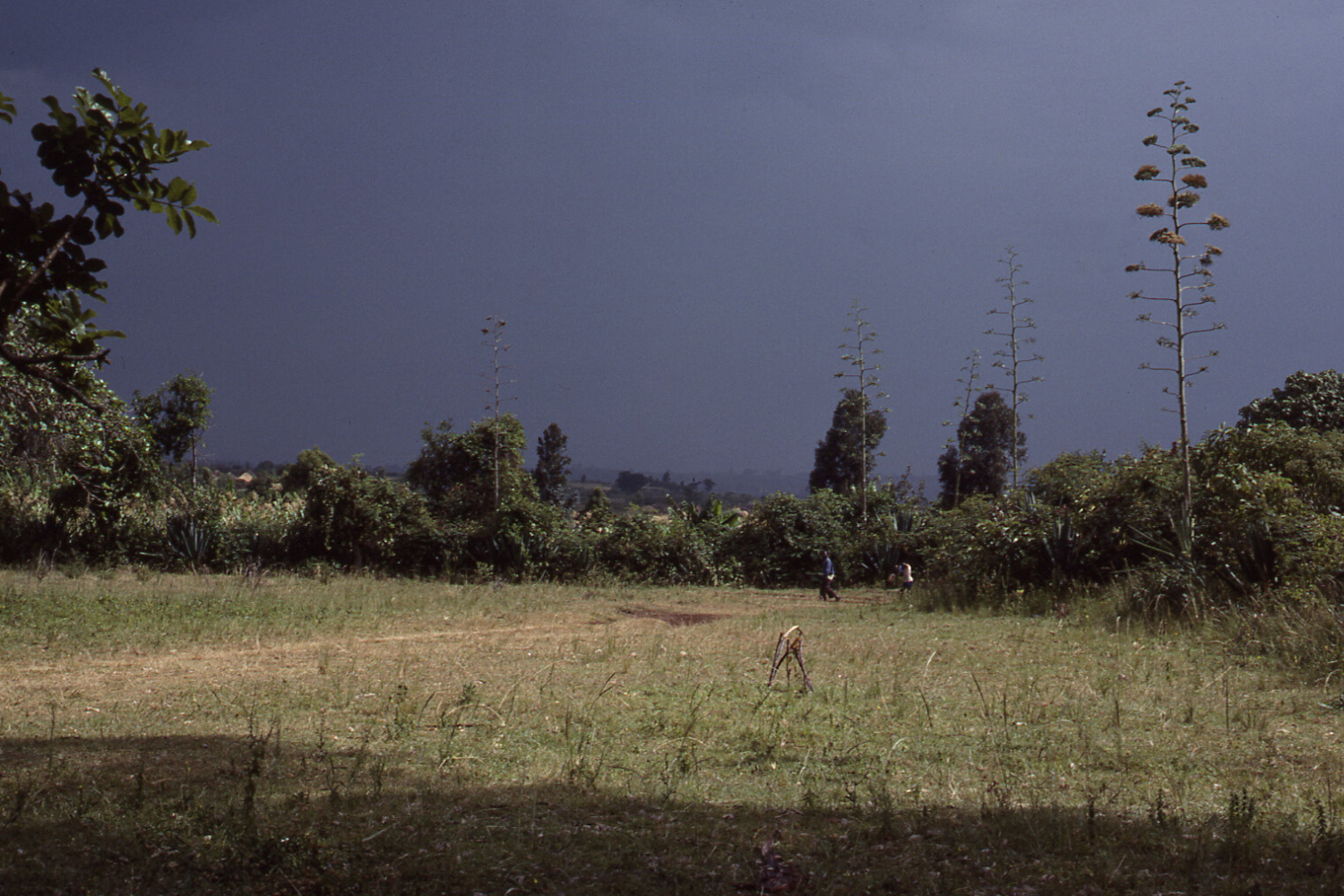
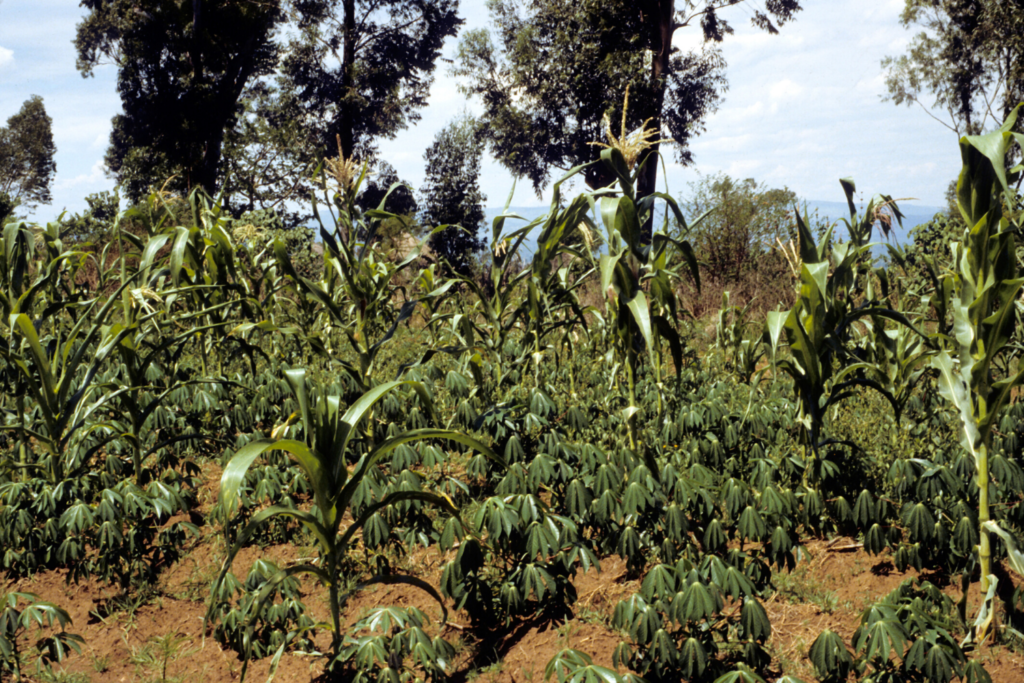
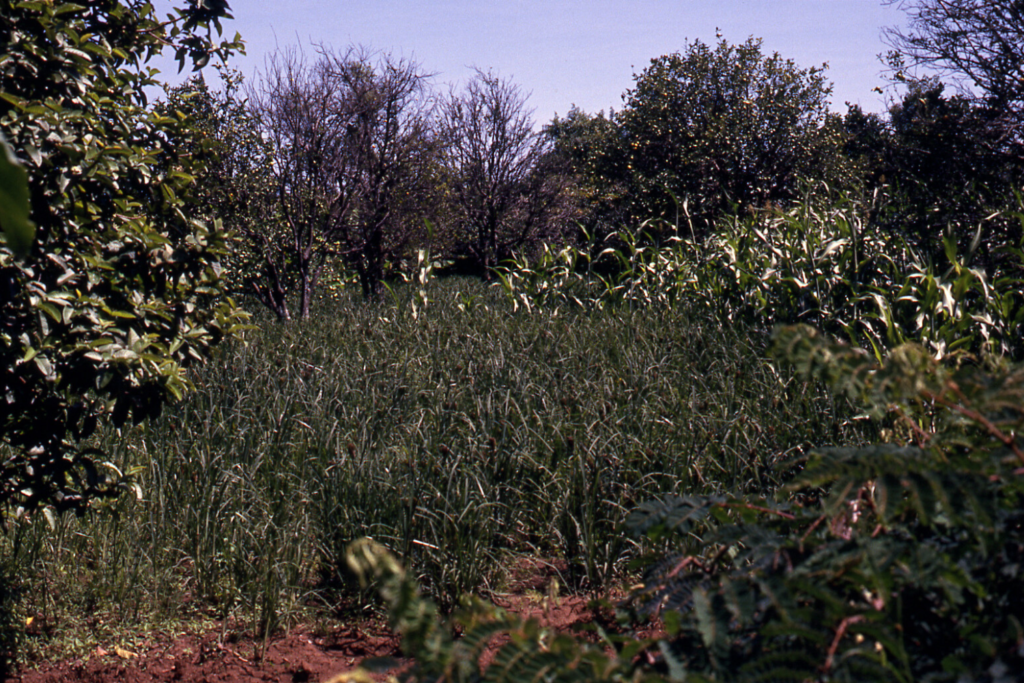
Publications
The Challenges of Studying Place: Learning from Failures of an Experimental Interdisciplinary and Community Engaged Environmental Studies Course
